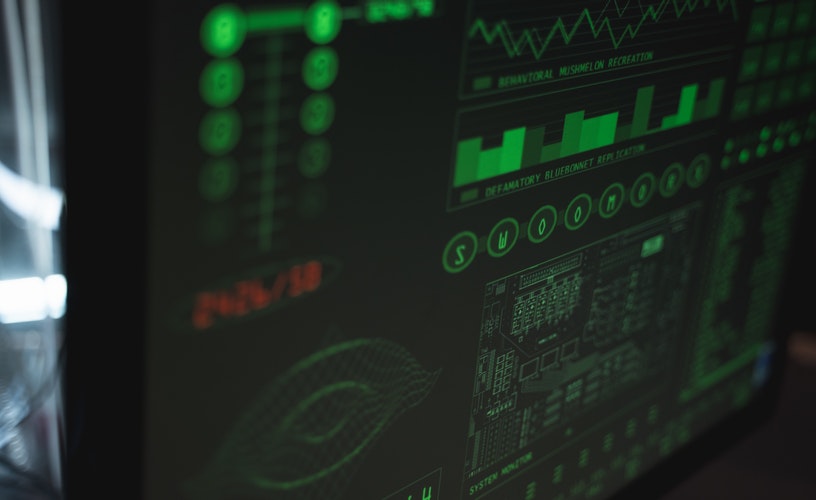What’s in your Electronic Medical Record?
In the age of the internet and rapid developments of information technology, the way we view, edit, and exchange documents is changing and becoming more and more advanced. The medical world is no exception to this as medical records are now becoming known as electronic medical records or EMR’s. If you are one who is somewhat unfamiliar with electronic medical records, then this article is for you. Read on to learn more about medical records, what is contained in them, and some advantages to having all medical records be stored electronically.
What is a medical record?
A medical record is very important in the medical field as it is a reference to each patient with valuable information about the patient. It includes such basic things as the patients name, address and date of birth. The medical record is essentially a history of each patient and contains documentation regarding the patient’s former symptoms, diagnosis and treatments. Medical records were usually kept independently with each healthcare provider that the patient was associated with.
Paper-based medical records require a lot of time, space and effort to maintain, store and organize. Another disadvantage to the paper-based medical records is that all notes taken on them are usually handwritten which allows for confusion on possibly important issues due to a legibility problem. While medical records are very important, they do have a few problems that need to be worked out to make them even more useful then they were originally intended to be.
Why should we have Electronic Medical Records?
Because medical records are so important to a healthcare provider when responding to a patients needs, more accurate and accessible information is a must. Initially, the cost to go from paper-based medical records to electronic medical records can be time consuming and costly but the benefits will greatly outweigh the costs in the long run. Taking the medical record to the digital world can have tremendous advantages over the traditional paper-based records of the past.
Why are Electronic Medical Records advantageous?
An electronic medical record may contain three or four essential sections. There may be a section that allows for free writing about each patient that the doctor can input whatever information he feels will be necessary later. There may also be a section where conclusions and any future plans can be entered and stored. There may also be a structured section which can contain data that is more template based (check boxes) or there can be controlled vocabulary by selecting certain medical terms from a dropdown list, or medical codes can be inputted. Since all of this data is stored electronically it will be clearly legible, neatly organized, and will allow for easy editing.
There is also another section that can be attached to the electronic medical record but it does not allow for free editing on it. I am referring to picture-related information such as charts, and graphs. Pictures can also come from other places in the form of letters and bio tests, etc. and can be attached to a patient’s medical record. Although picture related information cannot be edited directly there may be notes made regarding the information found in the image in another section referring to the image.
Another huge advantage to keeping electronic medical records is the ease of access and small storage space required. All patients records can be stored digitally on a server and entered into a database allowing for an incredibly fast way to find a particular patients record. Some software companies that specialize in electronic medical records even allow all patients medical records to be accessed securely from anywhere via the internet.
As you can see, medical records are very important and contain extremely pertinent information regarding each patient. With such an important record there needs to be an effective method to keeping these records organized, legible and easy accessible. All of this can be accomplished with electronic medical records.













